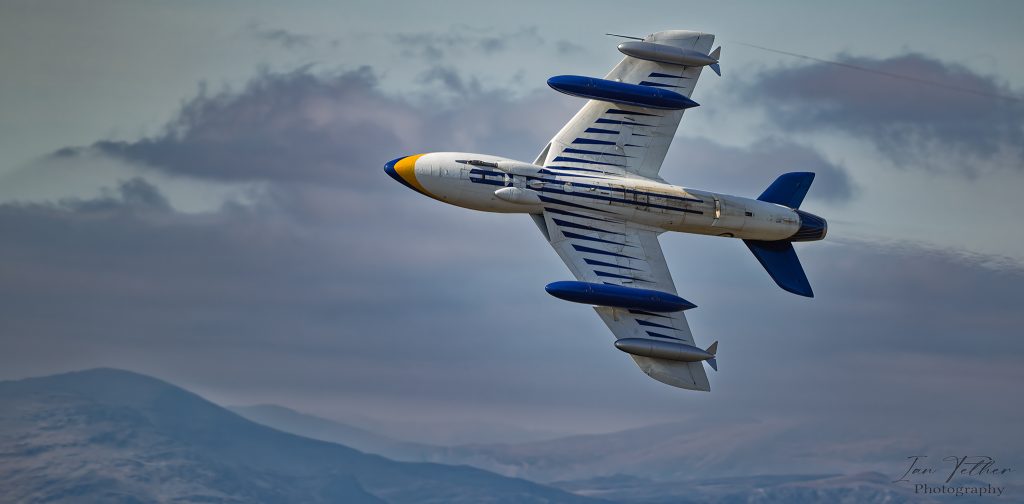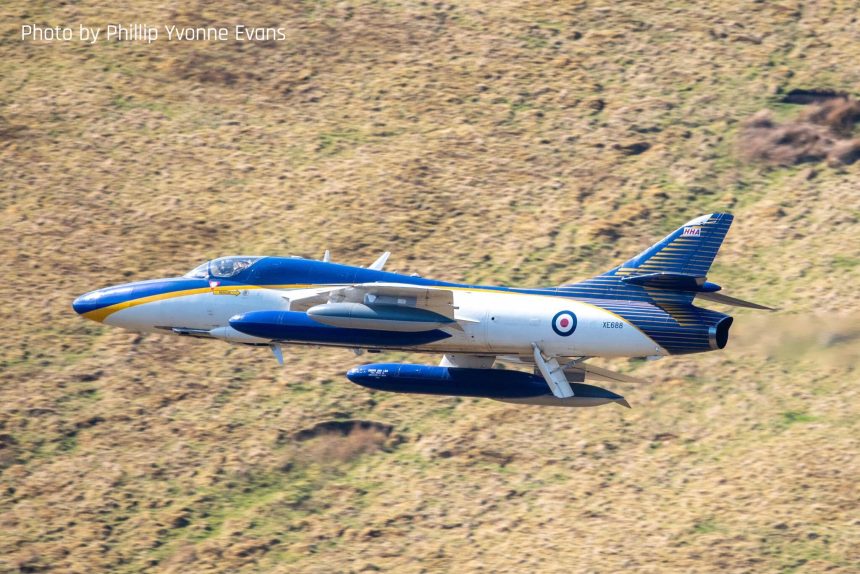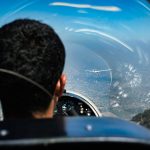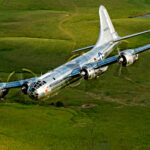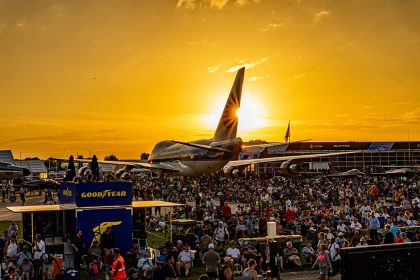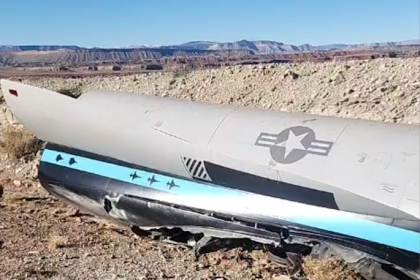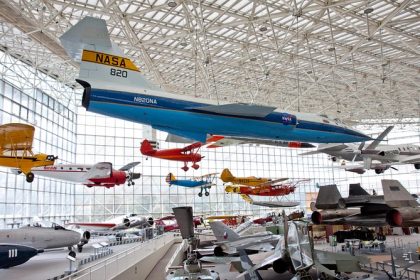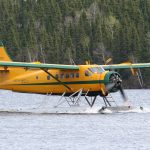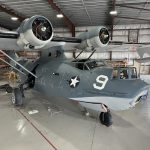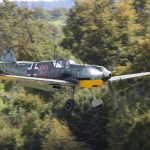UK aviation enthusiasts were treated to a pleasant surprise this past week when a ghost from the past roared through the skies of the famous “Mach Loop.” At Bwlch, a prime location for low-level flight photography, spotters had a rare opportunity to capture one of Britain’s most iconic jets—the Hawker Hunter. On Friday, March 26th, UK aviation photographers Ian Tether, Matthew Chambers and Phillip Yvonne Evans captured stunning images of Hawker Hunter XE688 (formerly PP-XHH, XE704, J-736), operated by Hawker Hunter Aviation Ltd (HHA), and shared them with us.
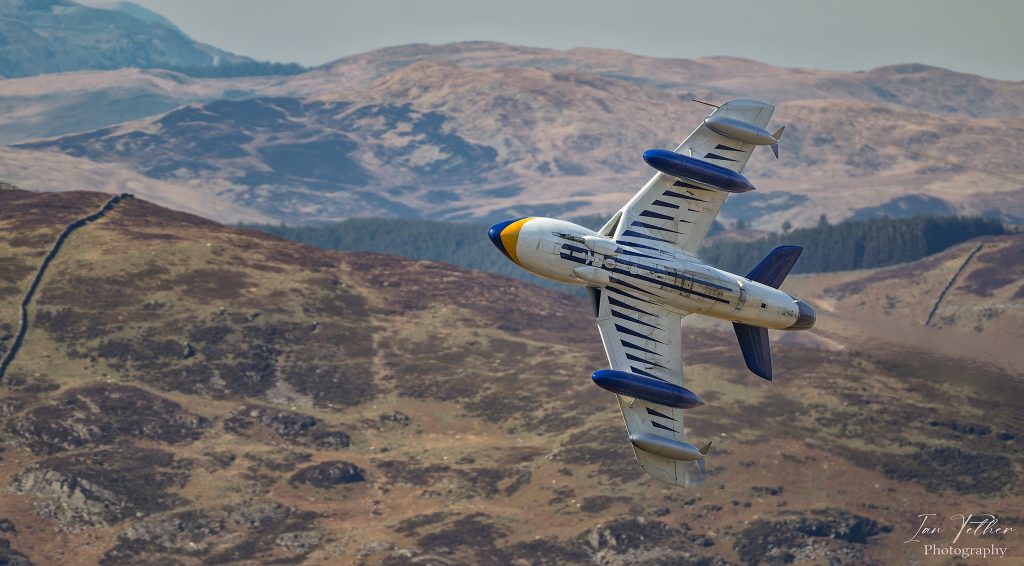
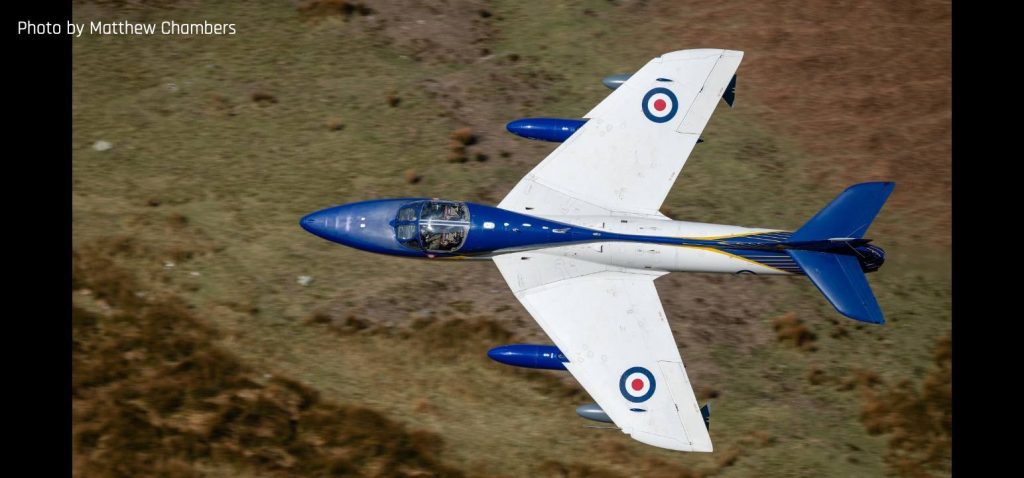
Hawker Hunter Aviation Ltd
Hawker Hunter Aviation Ltd (HHA) is a UK Military Aviation Authority (MAA)-approved and regulated company that owns, operates, and maintains a fleet of multi-platform fast jets. With nearly two decades of operational experience, HHA has established itself as a leading provider of turnkey outsourced solutions for government agencies and defense contractors. These services include trials support and management, aerial threat simulation, mission support training, and MAOS-approved aircraft maintenance and modification services.
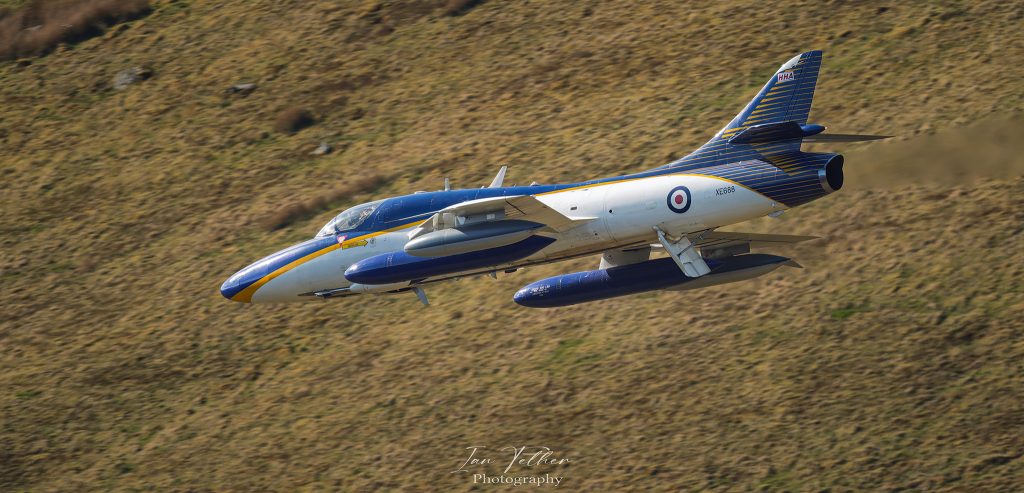
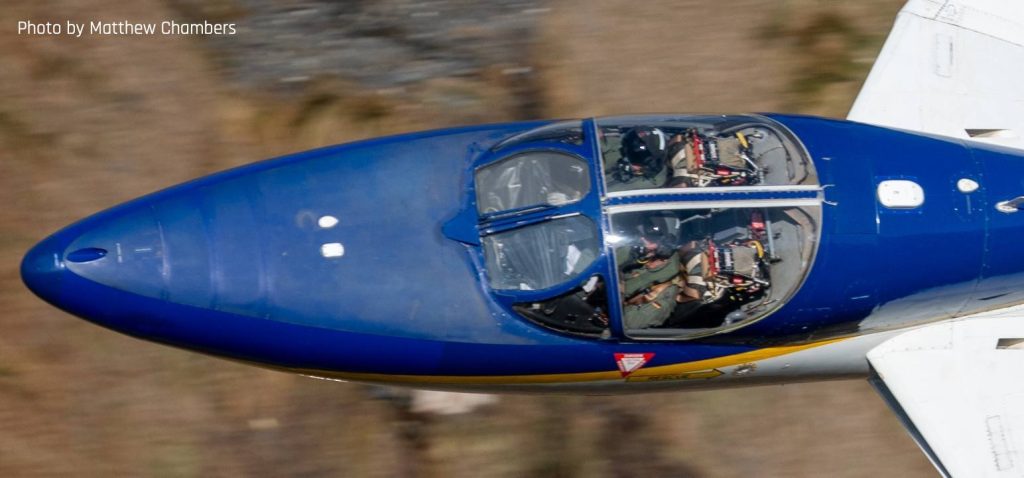
Founded in 2000 and based at RAF Leeming, HHA employs former RAF, Royal Navy, and test pilot personnel familiar with trials management and modern NATO training, systems, and operational requirements. HHA’s aircraft operate on the UK military register, are fully deployable, and integrate seamlessly with NATO procedures. Currently, Hawker Hunter Aviation operates three Hunters and, interestingly, also maintains a Blackburn Buccaneer S2B. The Buccaneer remains in storage at HHA’s RAF Leeming facility, undergoing regular anti-deterioration maintenance and custodial ground runs. The aircraft, its systems, and spare parts are preserved in a state that would allow rapid reactivation should a contractual requirement arise necessitating the Buccaneer’s unique performance and flight envelope.
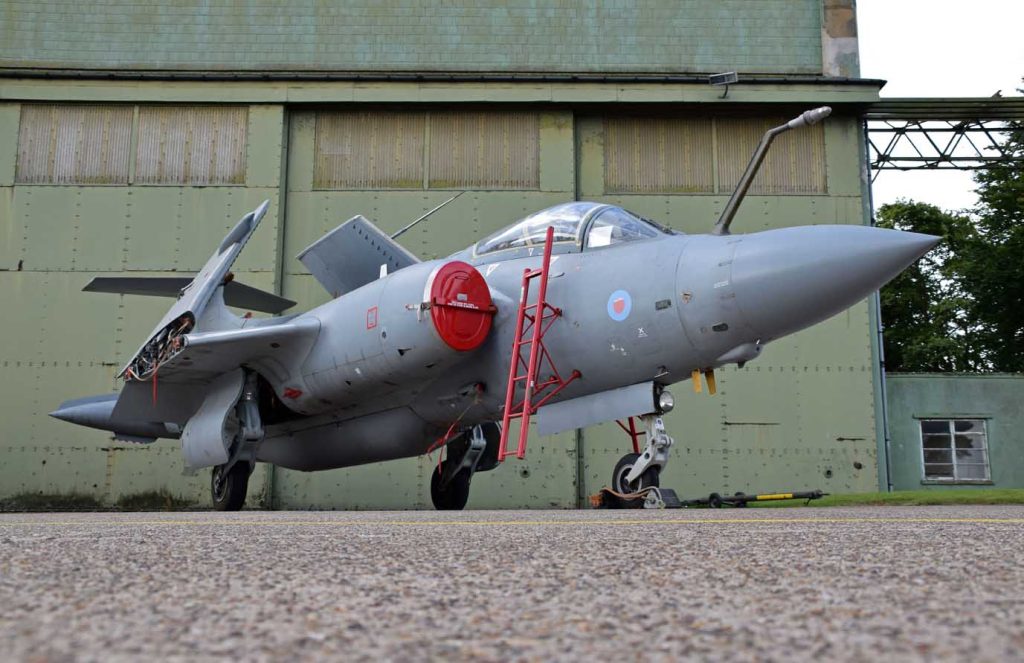
The History of Hawker Hunter XE688
Originally built as an F.4 for the RAF under the serial XE704, this Hunter served with 112 Squadron before being relegated to a maintenance airframe. Later, it was sold back to Hawker and converted into a T.72 for the Chilean Air Force. The airframe was eventually retired to the National Aerospace Museum in Chile before being sold to Embraer in Brazil for use as a flight test chase plane. Given the civilian registration PP-XHH, the aircraft was chosen for its impressive Mach 0.95 level flight performance. Between July and August 2001, it averaged 35 flight hours per month, proving to be a reliable workhorse for Embraer. Given the rarity of Hunters in Brazil, it was also a popular attraction at airshows.
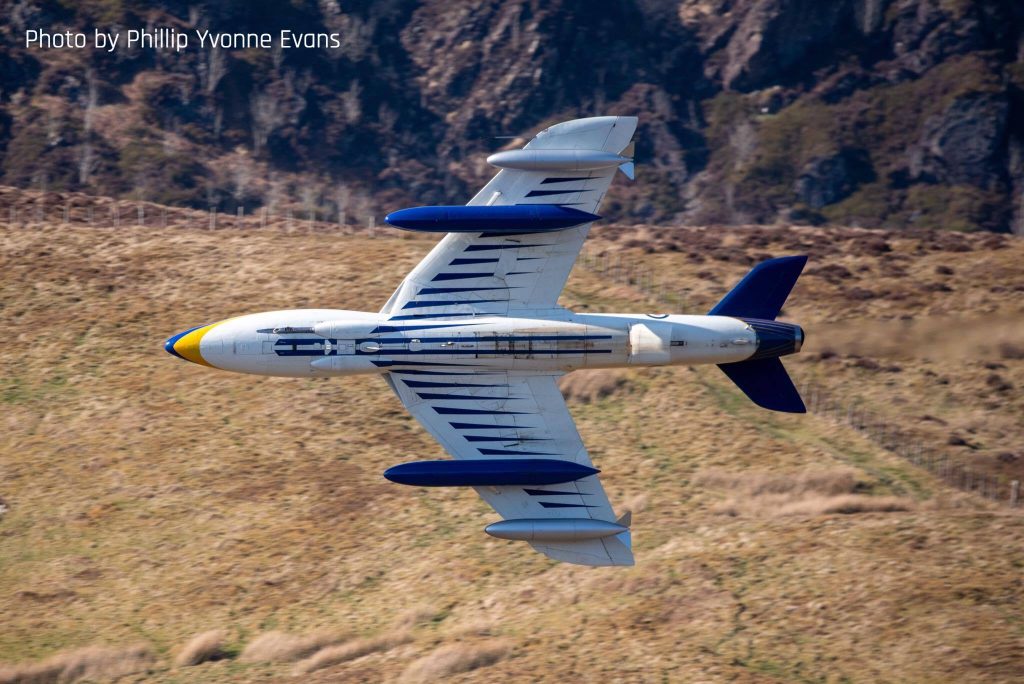
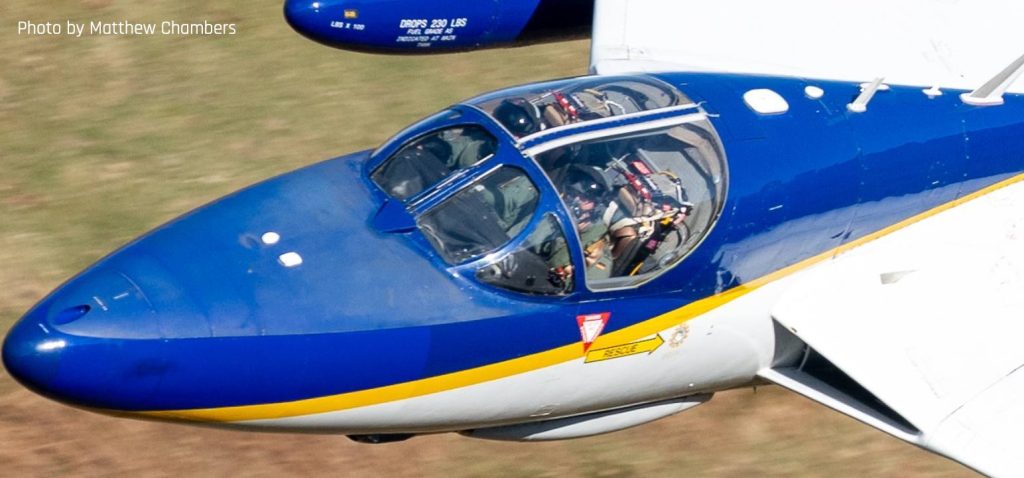
Throughout its service as PP-XHH, Hawker Hunter Aviation provided extensive support. When the aircraft came up for sale in 2018, HHA acquired it and shipped it to their Scampton facility in August of that year. After an extensive overhaul, the Hunter returned to the skies in early 2020, now bearing the serial XE688. Following the closure of RAF Scampton at the end of 2022, HHA relocated XE688 to RAF Leeming, where it continues to operate alongside other HHA Hunters.
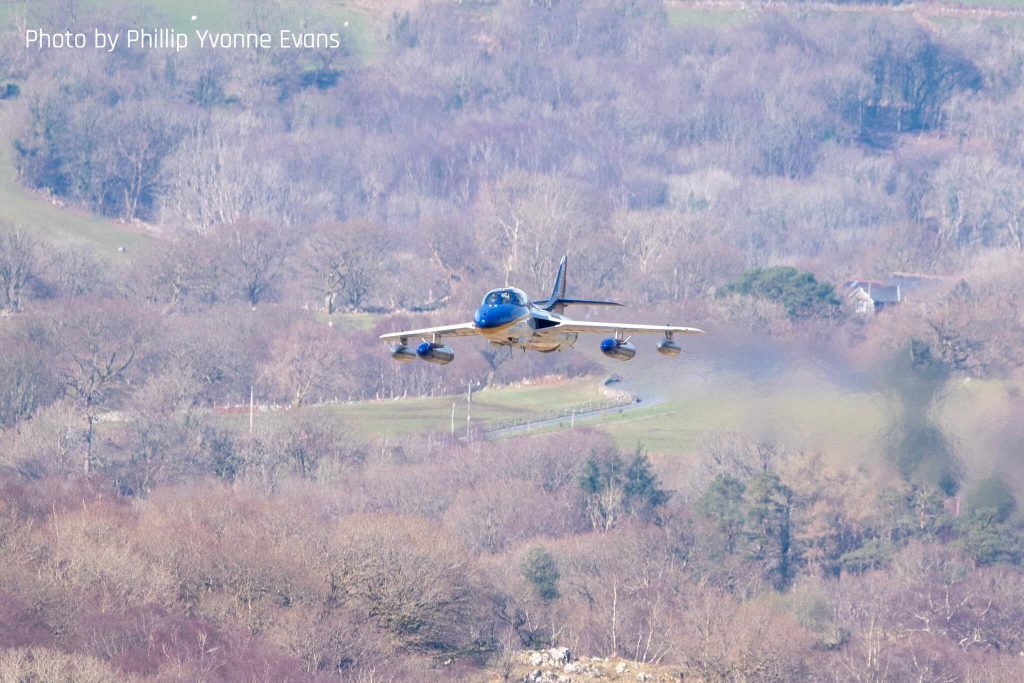

The Mach Loop Experience
The “Mach Loop” is a series of valleys in Wales, designated as Low Flying Area 7 (LFA7), where military fast jets and transport aircraft conduct low-level training. Situated between Dolgellau in the north and Machynlleth in the south (from which the Mach Loop gets its name), the area allows aircraft to fly as low as 250 feet (76 meters) above the terrain.
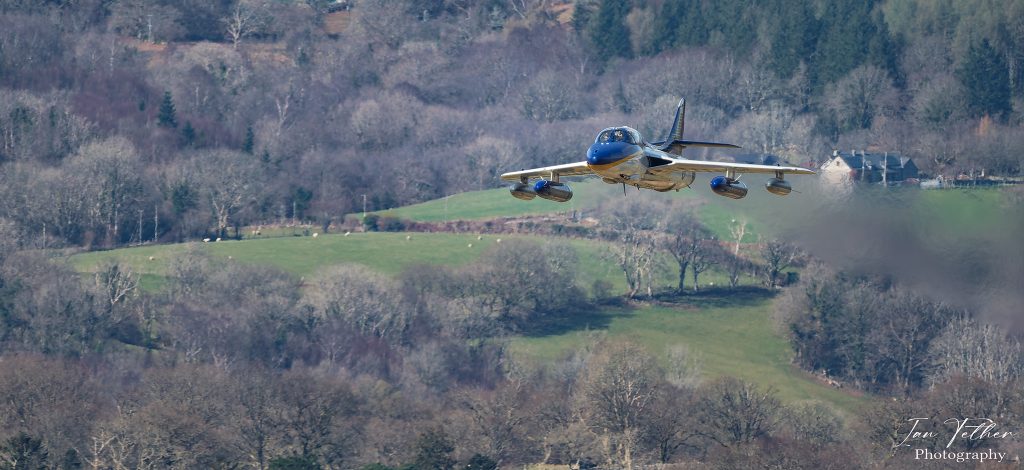
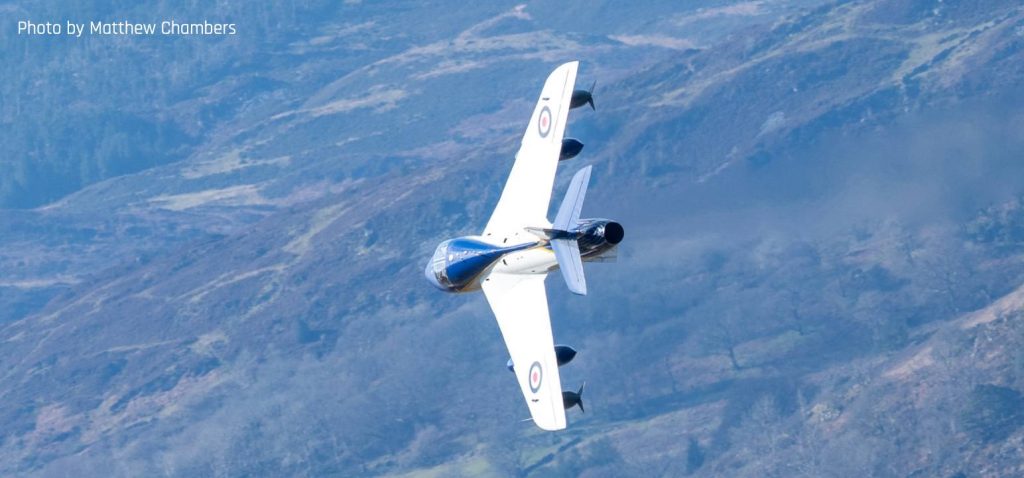
Bwlch, one of the prime locations within the Mach Loop, offers a spectacular vantage point for aviation photographers seeking ‘topside’ or ‘level-pass’ views. Observers also get a few seconds’ heads-up as aircraft approach from the right. While the Mach Loop is primarily a stage for modern military aircraft, the sight of the Hunter flying low, just as it did in its operational days, was a thrilling and nostalgic moment for historic aviation fans. Many thanks to Ian Tether, Matthew Chambers and Phillip Yvonne Evans for sharing his incredible photos with us!
